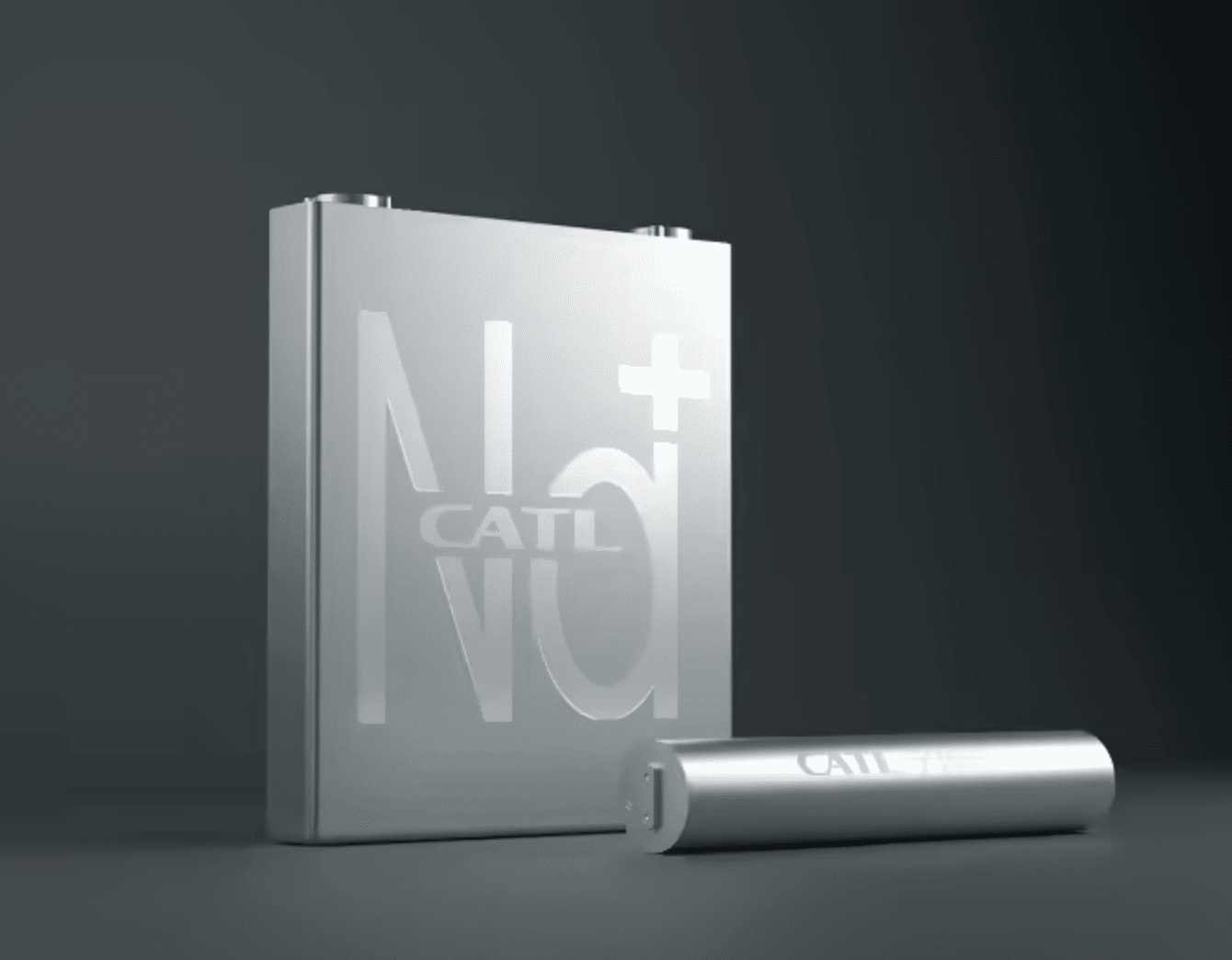On November 18, CATL announced its second-generation sodium battery. Speaking at the World Young Scientists Summit, chief scientist Wu Kai revealed the development of the battery and said that it would be launched in 2025.
The key difference with the second-generation sodium-ion battery is that it can be discharged normally in extremely low temperatures as low as -40°C. Furthermore, the batteries have exhibited better safety performance and low-temperature resistance while maintaining energy density.
Currently, the official energy density of the new sodium-ion battery has not been reported; however, it is known that CATL aims to exceed 200 Wh/kg. Although the battery should launch in 2025, mass production is not expected until 2027.
The science behind sodium iron batteries is similar to that of lithium-ion, with them storing electrical energy for the movement of ions between positive and negative electrodes. Currently, sodium-ion batteries have better characteristics in terms of safety and low-temperature resistance; however, they do not have as high an energy density as lithium-ion. This, therefore, gives sodium-ion batteries an advantage in cold region usage.
Theoretically, there should also be a cost advantage, but currently, sodium-ion batteries are more expensive than lithium-ion batteries. This is largely due to economies of scale for lithium-ion batteries, while sodium-ion batteries, on the other hand, are produced in smaller, less efficient quantities. Further hurting the development has been the recent falls in lithium prices.
Earlier this year, BYD said, “The development of BYD sodium-ion batteries has entered the second stage around (reducing) costs, and its BOM (bill of materials) cost is expected to be on par with lithium iron phosphate batteries in 2025 and will be less than 70% of lithium iron phosphate batteries in the long term.”
CATL demonstrated its first-generation sodium-ion battery in 2021. It attracted widespread media attention due to its high energy density, fast charging ability, excellent thermal stability, and good low-temperature performance. At the time, Robin Zeng, CATL’s CEO, said that the R&D goal for the next generation of sodium-ion batteries was for the energy density to reach over 200 Wh/kg.
It is unclear how much sodium batteries have been used in real-world situations. However, it is known that Chery and JAC have launched cars using the batteries, and Aida and Yadea have used them in scooters.
Reports claim that CATL’s second-generation sodium-ion batteries will replace 20 to 30 percent of lithium-ion phosphate batteries in small or short-range vehicles.
In January 2024, BYD (Xuzhou) started construction of a sodium-ion battery project with an annual production capacity of 30 GWh. Initially, this is meant to produce batteries with an energy density of 105 Wh/kg, increasing to a density of 130 Wh/kg. This makes claims of a second-generation CATL battery with 200 Wh/kg seem unlikely.

